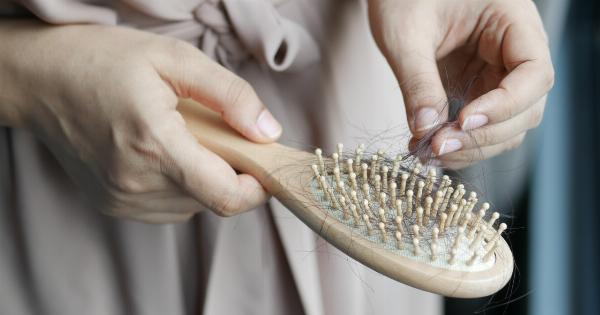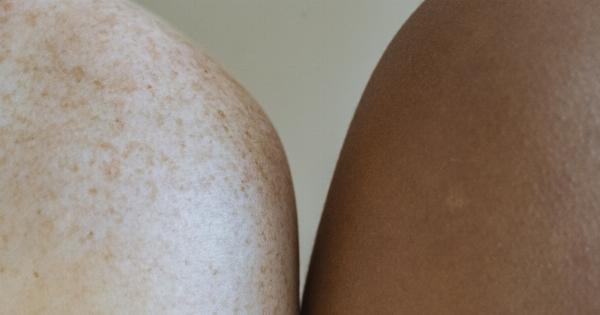Hair removal is a popular practice among both men and women. From shaving and waxing to laser hair removal, people use different methods to get rid of unwanted hair.
But did you know that some hair removal methods have a dark side? In this article, we’ll explore the potential risks and side effects of hair removal.
Waxing
Waxing is a method of hair removal that involves applying hot wax to the skin and then peeling it off, taking the hair with it. While waxing can be an effective way to remove hair, it can also be painful and leave the skin red and irritated.
Waxing can also lead to ingrown hairs, which can be painful and unsightly. Additionally, if the wax is too hot, it can burn the skin, causing blisters and scarring.
Shaving
Shaving is a popular and convenient way to remove unwanted hair. However, it can also have some negative side effects. Shaving can cause razor burn, which is a rash that can be red, itchy, and uncomfortable.
It can also lead to ingrown hairs and cuts, especially in sensitive areas. Using old or dull razors can also increase the risk of infection and irritation.
Depilatory Creams
Depilatory creams work by dissolving the hair at the surface of the skin. While they can be convenient and easy to use, they can also cause skin irritation and allergic reactions.
Depilatory creams contain chemicals that can be harsh on the skin, especially for those with sensitive skin. Additionally, the smell of depilatory creams can be unpleasant.
Laser Hair Removal
Laser hair removal is a popular method of hair removal that uses intense pulsed light to destroy hair follicles. While laser hair removal can be effective, it can also have some side effects.
The treatment can be painful, and some people may experience redness, swelling, or blisters after the treatment. It can also be expensive and require multiple sessions to see results. Additionally, laser hair removal may not be suitable for people with certain skin types or hair colors.
Electrolysis
Electrolysis is a method of hair removal that uses an electric current to destroy hair follicles. While electrolysis can be effective, it can also be painful and time-consuming.
The treatment involves inserting a needle into each hair follicle, which can be uncomfortable. Additionally, electrolysis can be expensive and may require multiple sessions to see results.
Sugaring
Sugaring is a method of hair removal that involves applying a sticky paste made of sugar, lemon, and water to the skin. The paste is then removed by pulling it off, taking the hair with it.
While sugaring can be an effective way to remove hair, it can also be painful and lead to skin irritation. Additionally, sugaring can be messy and difficult to clean up.
Threading
Threading is a method of hair removal that involves using a thread to remove hair from the roots. While threading can be effective, it can also be painful and lead to skin irritation.
Additionally, threading can be time-consuming and may not be suitable for those with sensitive skin or certain medical conditions.
Tweezing
Tweezing is a method of hair removal that involves using tweezers to pluck hair out at the roots. While tweezing can be an effective way to remove hair, it can also be time-consuming and painful.
Additionally, tweezing can cause ingrown hairs, and it may not be suitable for those with sensitive skin or certain medical conditions.
The Bottom Line
Hair removal can be a personal choice, and it’s important to choose a method that works best for you. However, it’s also important to be aware of the potential risks and side effects of hair removal.
Always follow the manufacturer’s instructions and seek medical advice if you experience any unusual or concerning symptoms after hair removal.




























